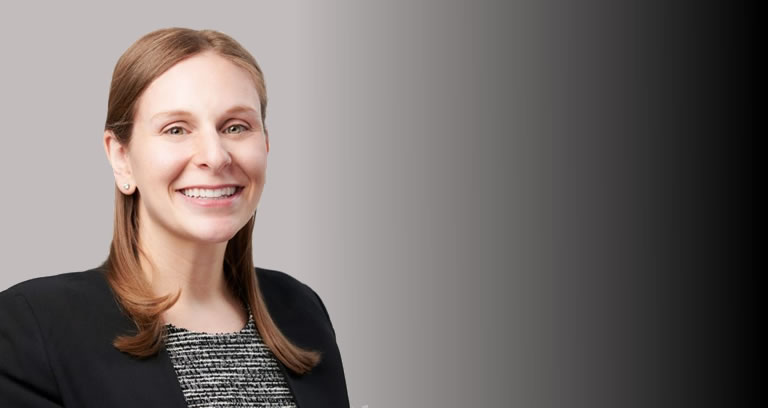After Career Change, Kim Sachs Finds Rewarding Path as Sports Law Attorney

(The following appeared in Sports Medicine and the Law, a sister publication of Sports Litigation Alert)
Kimberly L. Sachs began her career in the media industry. But something was missing. It didn’t take long before the University of Wisconsin-Madison graduate realized there was a more rewarding path – becoming a lawyer.
So, Sachs changed directions, securing her J.D. degree, magna cum laude, from Villanova University Charles Widger School of Law.
Shortly thereafter

